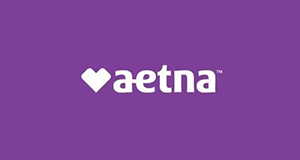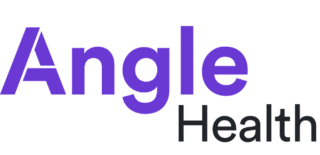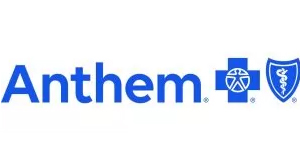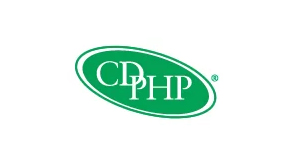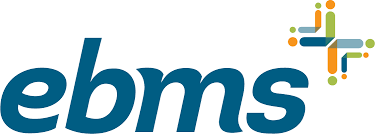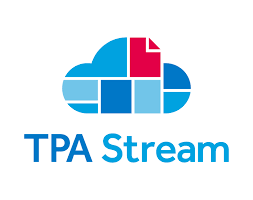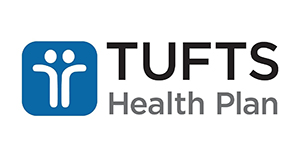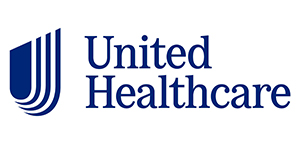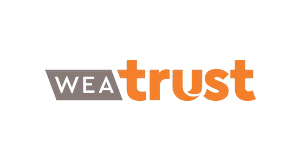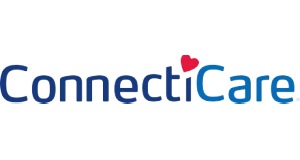
How to Offer and Set up an HSA for Employees
Table of Contents
Traditional group health insurance costs have risen steadily over the years, making high deductible health insurance plans with health savings accounts (HSA) a more attractive option for employers and their workers.
Many companies are beginning to offer employer-sponsored HSAs to help employees cover healthcare costs. HSAs are a type of personal savings account individuals can use to cover healthcare costs and other medical expenses.
These accounts are also tax-free, so individuals can use pretax dollars to pay their healthcare expenses. HSAs are great options employers can offer to their employees as part of a health benefits package. In this article, you can learn more about the benefits of offering an HSA and how to set up an HSA for your employees.
Are Employers Required to Offer HSAs?
Employer-funded HSAs are not required. You do not have to offer your employees this benefit, but there are some things you should know about setting up a health savings account when making a decision.
If your company is a large employer, which the IRS determines as any business with 50 or more full-time employees, you're subject to the Affordable Care Act (ACA) mandate. This mandate directs that employers must provide employees and their families with the minimum essential health insurance. If you have less than 50 full-time employees, you are not subject to the ACA mandate.
However, just because you are not required to offer an HSA, or even health insurance, to your employees, it doesn't mean you shouldn't consider it. In fact, you might find more advantages to setting up an HSA for your employees compared to not offering them at all.
Employer Benefits of Offering HSAs to Employees
You can reap many benefits by setting up an HSA account for your employees. For one, you can enjoy lower payroll taxes on HSAs that allow pretax contributions. You could also benefit from positive improvements in employee morale, and your company will be more attractive to qualified applicants.
The Difference Card offers a health insurance solution that supplements your company's medical insurance plan. Some benefits of setting up an HSA with The Difference Card include the following:
- You'll experience significant savings for your company and employees with The Difference Card HSA.
- High deductible health plans (HDHP) paired with an HSA are great ways to reduce your employer Federal Insurance Contributions Act (FICA) and federal unemployment tax liability.
- The Difference Card HSA and a medical expense reimbursement plan (MERP) can take your savings even further.
How to Offer and Set up HSAs for Employees
To set up an HSA for your employees, follow these five steps:
- Determine plan eligibility: The first thing you should do is determine if you're eligible to provide an HSA by ensuring you offer employees an HSA-eligible HDHP as part of your insurance offerings. Since not all HDHPs are HSA-eligible, checking your plan is an essential first step.
- Decide how to handle contributions: Your next step is deciding how much your employees will contribute to their HSAs, in addition to factoring in any contributions you might plan to make into their accounts.
- Choose your HSA provider: Once you have an HSA-eligible HDHP and you've determined how you'll approach contributions, you can choose your HSA administrator. When choosing your HSA provider, consider factors like transparency and support. The best HSA provider will support you from day one and continue to provide the best service to you and your employees.
- Create a section 125 plan: When you set up a section 125 cafeteria plan, it allows employees to contribute pretax dollars into their HSA accounts. While this option isn't a requirement for employers, it can go a long way in reducing your and your employee's tax burden.
- Manage contributions and tax documentation: If you decide to contribute to your employee's HSA accounts, you are required to make those contributions. You must also organize the relevant tax documents, including W-2s, and provide your employees with other information about their benefits plan.
How to Motivate Your Employees to Participate in HSAs
To ensure your employees can glean the most benefits from the HSA, it's important to offer compelling reasons for them to participate in and contribute to their HSAs.
Clearly Explain Eligibility
If you're introducing an HSA to your employees for the first time, it's crucial that you clearly explain the ins and outs of the program. Walk them through what having an HSA means for their healthcare benefits and how they can use it for their medical expenses. You should also provide educational resources they can refer to when explaining the details of their benefits to spouses or dependents.
Emphasize the Features
There are a few features of HSAs that make them a universally positive adoption for employees. They include:
- Portability: HSAs are portable, meaning that employees can keep the account even if they retire or change jobs.
- Rollover: If an employee has unused money in their HSA, it will roll over to the next year and can eventually roll over into their retirement account.
- Tax advantages: With an HSA, employees can contribute pretax dollars into their account, which helps their money go further and reduces their tax burden at the end of the year.
Make Employer Contributions
Making contributions to your employee's HSAs can go a long way in motivating them to participate. Your employees will be more likely to participate if you are also making contributions to their accounts. You can even incentivize their participation by using participation-based contributions. For example, you might promise to match your employees' contributions or offer incentives for participating in biometric screenings or getting their annual flu shot.
How Employers Can Contribute to Their Employees' HSAs
Contributing to your employees' HSAs is not a requirement, but it's a great motivator to get your employees to contribute to their HSAs on their own. If you want to contribute, there are a couple of ways you can do so:
- Add a section 125 cafeteria plan to allow employees to automatically direct a portion of their income toward their HSA.
- Make pretax contributions to your employees' HSAs without a section 125 plan by matching the dollar amount or percentage of the HDHP deductible.
Learn About HSAs From The Difference Card
Offering and setting up an HSA for your employees has many benefits for both you and them. Using a MERP, The Difference Card HSA allows employers more freedom to choose health insurance carriers and alter the plans as they need.
If you want to learn more about the eligibility requirements and if your HDHP allows for HSAs, contact The Difference Card for a custom proposal.



